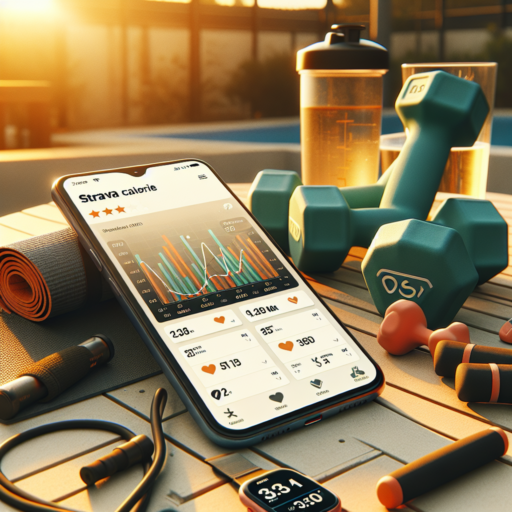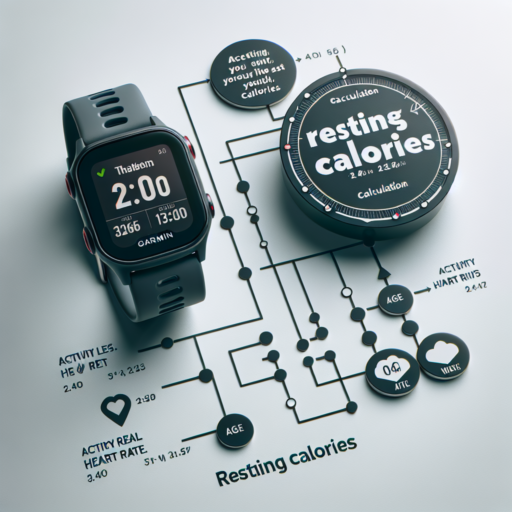Are Strava running calories accurate?
Many avid runners and fitness enthusiasts turn to apps like Strava to monitor their progress, including the all-important calories burned during their runs. However, the question of accuracy regarding these calculations often arises. Strava uses a sophisticated algorithm that factors in your running speed, distance covered, and personal details like weight and height to estimate the calories burned. But, is this method reliable?
One vital aspect to consider is that Strava’s algorithm, like any other estimation tool, has its limitations. It primarily relies on the data input by the user, which means inaccuracies in your profile can lead to discrepancies in the calorie count. Furthermore, Strava’s algorithm doesn’t account for variables such as running terrain, weather conditions, or individual metabolism differences, all of which can significantly impact the actual calories burned.
To gauge the accuracy of Strava’s calorie count, it’s beneficial to compare its readings with those from other fitness tracking methods. For instance, heart rate monitors and metabolic testing can provide more personalized data, giving a clearer insight into your unique caloric expenditure. By cross-referencing these sources, runners can get a better understanding of how close Strava’s numbers are to their actual calorie burn.
How does Strava estimate calories?
Understanding how Strava calculates calorie burn is critical for athletes and fitness enthusiasts aiming to monitor their energy expenditure accurately. Strava’s methodology for estimating calories focuses primarily on the user’s activity data and personal metrics. This approach allows for a tailored calculation that reflects individual effort levels and physiological characteristics.
The core of Strava’s calorie estimation lies in its utilization of heart rate data, when available. By analyzing the heart rate intensity throughout the duration of an activity, Strava can better gauge the exertion level and, in turn, provide a more accurate calorie burn estimate. This is especially true for activities where heart rate data can significantly vary, such as cycling and running.
In addition to heart rate data, Strava also considers the user’s basal metabolic rate (BMR), which accounts for calories burned at rest. By incorporating BMR with the activity’s intensity data, Strava offers a comprehensive view of total calorie expenditure. This dual-method approach ensures that both active and resting energy expenditures are accurately reflected in the calorie count.
How accurate is Strava calories with a power meter?
Many athletes and fitness enthusiasts turn to Strava for its robust tracking features, including calorie expenditure estimation. When coupled with a power meter, Strava’s ability to calculate calories burned during activities is significantly enhanced. This is largely because power meters provide a direct measurement of a cyclist’s output, offering a more precise methodology for estimating energy expenditure compared to traditional methods that rely on speed, heart rate, or perceived exertion.
The accuracy of Strava’s calorie calculations with a power meter hinges on several factors. First and foremost, the precision of the power meter itself is key. High-quality meters tend to offer more reliable data, which in turn improves Strava’s calorie estimates. Additionally, Strava incorporates individual user data, such as weight and bike weight, further refining its calculations. However, it’s important for users to ensure that their profile information on Strava is up-to-date, as inaccuracies can skew calorie burn estimates.
Another crucial aspect to consider is the algorithm Strava uses to convert power output into calories burned. This complex calculation takes into account the efficiency of human cycling, typically assumed to be around 20-25%. Essentially, only a fraction of the energy produced by pedaling is used for forward motion, with the rest being lost as heat. Therefore, even with precise input data from a power meter, the inherent assumptions about efficiency play a significant role in the final calorie count provided by Strava. While Strava continuously works to improve its algorithms, users should recognize the potential for minor discrepancies in calorie tracking.
No se han encontrado productos.
Are activity tracker calories accurate?
When it comes to monitoring our fitness journey, activity trackers have become a go-to gadget for many. They promise to offer a host of metrics, including the crucial data on calories burned. However, the accuracy of these calorie measurements is often a subject of debate among fitness enthusiasts and experts alike.
At the heart of the matter is how these devices calculate calories. Activity trackers typically use algorithms that factor in the user’s personal data—age, weight, height, and gender—combined with the intensity and duration of the activity. While this method provides a ballpark figure, it doesn’t account for the individual’s metabolism rate or the specific body composition, both of which play a significant role in how many calories are actually burned.
Moreover, the type of activity can also impact the accuracy of these readings. For example, activities that involve a lot of arm movement may be more accurately captured by wrist-worn devices. However, not all exercises are created equal in the eyes of an activity tracker. Complex movements or non-step based exercises like cycling, weight lifting, or yoga might not be as precisely monitored.
In conclusion, while activity trackers offer a valuable estimate, it’s important to recognize their limitations. For those serious about tracking calorie burn accurately, combining the data from these devices with other methods, such as heart rate monitoring and professional metabolic testing, might provide a more comprehensive view.




